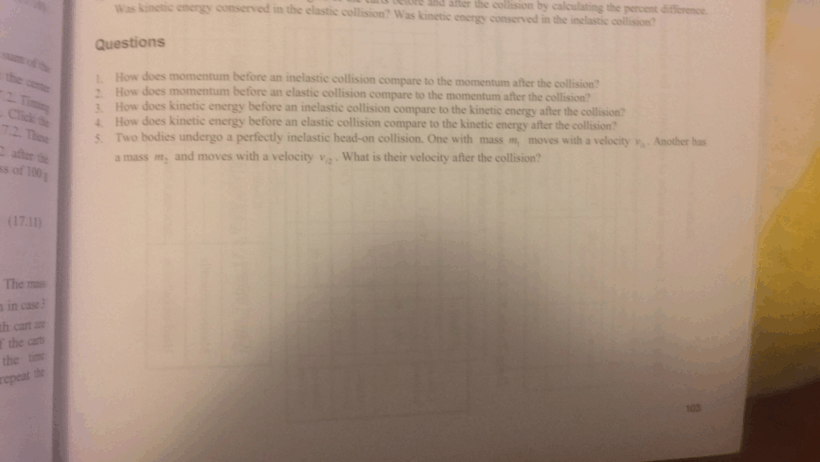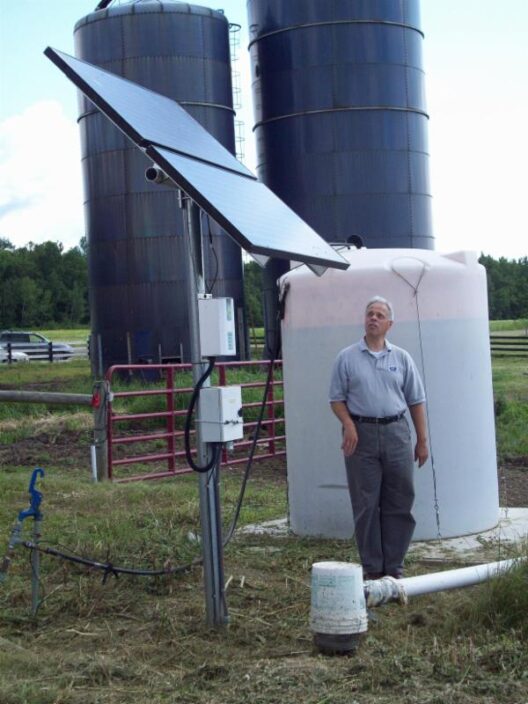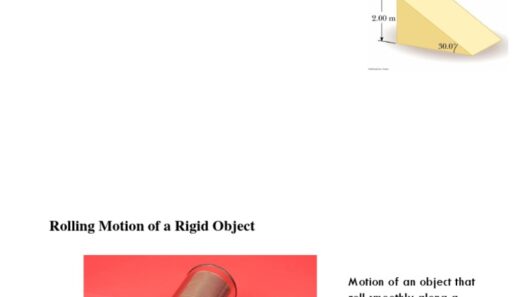In the realm of physics, particularly in mechanics, one frequently encounters the concept of kinetic energy and its conservation during collisions. A tantalizing question that often arises is: “Is kinetic energy conserved in that collision?” To answer this, it becomes necessary to delve into the nuances of collisions, the nature of the objects involved, and the fundamental principles of energy conservation.
Before diving into the specifics, let’s clarify what kinetic energy is. Kinetic energy, denoted by the equation KE = 1/2 mv², where m represents mass and v represents velocity, is the energy possessed by an object due to its motion. The critical aspect of kinetic energy conservation lies in the different types of collisions: elastic and inelastic.
To establish a foundational understanding, consider the definition of an elastic collision. An elastic collision is characterized by the conservation of both kinetic energy and momentum. This type of collision occurs when colliding objects rebound off one another, exchanging energy without any loss. Imagine two ice skaters gliding toward each other on a pond; after colliding, they separate, still gliding smoothly. Their total kinetic energy before the collision is equal to their total kinetic energy after.
Now, let’s contrast this with inelastic collisions. Inelastic collisions, by their very nature, do not conserve kinetic energy, although they do conserve momentum. In such events, part of the kinetic energy is transformed into other forms of energy, such as sound, heat, or even the permanent deformation of the objects involved. A common illustration of this is a car crash. When vehicles collide, they crumple upon impact, dissipating energy through deformation, noise, and heat. Consequently, the kinetic energy measured before the impact is greater than that post-collision.
To illustrate this concept more tangibly, imagine two rubber balls colliding. If these balls bounce off one another, conserving energy, they embody an elastic collision. Comparatively, consider two clay balls merging upon impact—indulging in the sticky aftermath of an inelastic collision. They would come to a stop, their kinetic energy clearly dissipated into other forms, and thus their motion comes to a halt.
So when pondering whether kinetic energy is conserved in a specific collision, one must first identify the nature of that collision. Is it elastic or inelastic? This distinction is paramount. In many everyday scenarios, inelastic collisions dominate. Vehicles colliding, sports equipment striking each other, and even the actions of a child playing with play-dough all highlight the principles of inelastic collisions—with kinetic energy transforming into non-mechanical forms.
However, what would happen in an ideal scenario? If we could eliminate all forms of friction and external resistance, would collisions still exhibit the same characteristics? Theoretically, a perfectly elastic collision exists in an idealized sense, typically leveraged in physics to explain basic principles and calculate missing variables. Still, such circumstances are rarely, if ever, observed in the real world. For instance, if you dropped a ball from a height, one might desire to observe it rebound to its original height—this would suggest an elastic collision, yet in reality, energy is lost due to air resistance and heat through internal friction.
Moreover, an exciting area of discussion arises when one considers collisions at subatomic levels or during phenomena like particle accelerators. Here, particles can collide with sufficient energy that their behaviors can be deemed elastic. Thus, while kinetic energy is conserved in these high-energy, small-scale systems, it creates variability in our understanding dependent on the context.
This leads us to a profound inquiry: should we aim for more elastic collisions in daily life? How might we engineer or construct mechanisms that preserve energy through elastic properties while sidestepping the inevitable energy loss during inelastic interactions? The pursuit of such endeavors holds promise, be it through innovative technologies, enhanced vehicle design, or even state-of-the-art athletic equipment.
In the larger conversation regarding energy conservation, one must approach the topic holistically, recognizing that while kinetic energy is lost in inelastic collisions, it is not entirely annihilated. Rather, it transforms, serving various functions in our environment. The drive towards sustainability in today’s energy-conscious world calls for understanding these transformations. Through engaging discussions on the nature of energy, whether in terms of kinetic energy in collisions or broader applications in architecture, transportation, and daily activities, one garners a stronger comprehension of momentum and energy conservation.
In summary, when contemplating whether kinetic energy is conserved in a collision, it is imperative to determine the collision type. Elastic collisions conserve kinetic energy, while inelastic collisions do not. Understanding these principles not only enriches our knowledge of physics but also empowers us to innovate as environmental stewards. By fostering systems that reduce energy loss and enhance efficiency, we can promote a culture of sustainability, ensuring that energy conservation remains a central tenet of our interactions with the world around us. So, next time you observe two objects colliding, reflect upon the fascinating interplay of energy and the decisions we can make to influence our ecological footprint.








